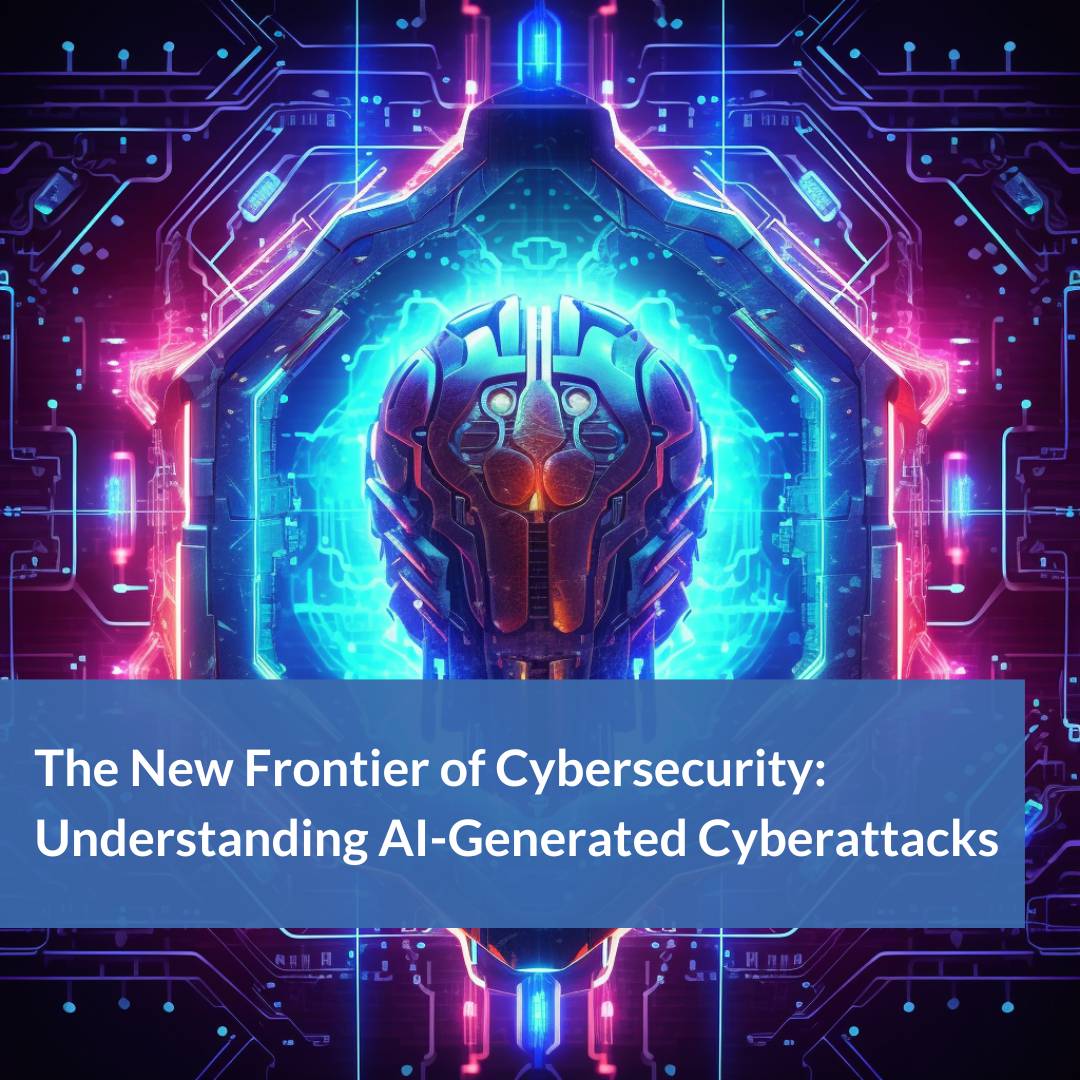Artificial intelligence (AI) has become a double-edged sword in a digital world that is changing quickly. The dark side of cyberspace exposes its more dangerous usage, although many sectors use it for innovation and efficiency. According to a recent Microsoft research, state-sponsored hackers from China, Iran, Russia, and other countries are reportedly using AI technologies, especially those created by OpenAI, to strengthen their cyberattack capacities. This revelation underscores a growing concern among cybersecurity experts about the misuse of AI in conducting more sophisticated and effective cyberattacks.
Sophisticated techniques for a digital age
Microsoft’s report, unveiled on February 14, highlights how cybercriminals leverage large language models (LLMs) to improve their phishing tactics, craft more convincing emails, and even research sensitive technologies. For instance, Russian hackers have been reported to use these AI models to gather information on satellite and radar technologies, potentially to aid military operations in Ukraine. Similarly, Iranian and North Korean hackers are utilizing these tools to write more persuasive emails and create content for spear-phishing campaigns, a testament to the AI’s ability to mimic human-like responses convincingly.
The implications of these advancements are far-reaching. Cybersecurity professionals are particularly concerned about the potential for AI to not only streamline the process of launching cyberattacks but also to develop new methods of exploitation that are harder to detect and counter. This includes generating deepfake content, which can deceive individuals into making financial transfers or disclosing confidential information.
The future of AI in cyber threats
The misuse of AI is not limited to written communications. Recent incidents have shown how deepfake technology, which can generate fake audio and video that appears remarkably real, is being used in elaborate scams. One notable case involved a finance employee who was tricked into transferring millions of dollars as a result of a deepfake video conference. This incident highlights the growing sophistication of cybercriminals in using AI to create highly convincing forgeries.
Moreover, the introduction of new AI tools, such as OpenAI’s Sora, which enables the creation of stunning videos from text prompts, presents further challenges. While the tool holds promise for creative and legitimate applications, the potential for misuse by bad actors cannot be ignored. It raises concerns about the future landscape of cyber threats and the need for robust countermeasures.
A call to action for cybersecurity
The revelations by Microsoft and observations from cybersecurity experts underscore the urgent need for a proactive and comprehensive approach to safeguarding against AI-assisted cyber threats. The capacity of AI to enhance the effectiveness of cyberattacks calls for an equally sophisticated response from cybersecurity professionals, including the development of AI-driven security measures.
Furthermore, there is a critical need for collaboration between tech companies, governments, and cybersecurity firms to address the misuse of AI technologies. This includes implementing stricter controls on access to AI tools and developing ethical guidelines for AI development and usage.
As AI continues to permeate various aspects of our lives, its exploitation by cybercriminals represents a significant challenge to digital security. The incidents outlined by Microsoft serve as a stark reminder of the dual-use nature of AI technologies.





